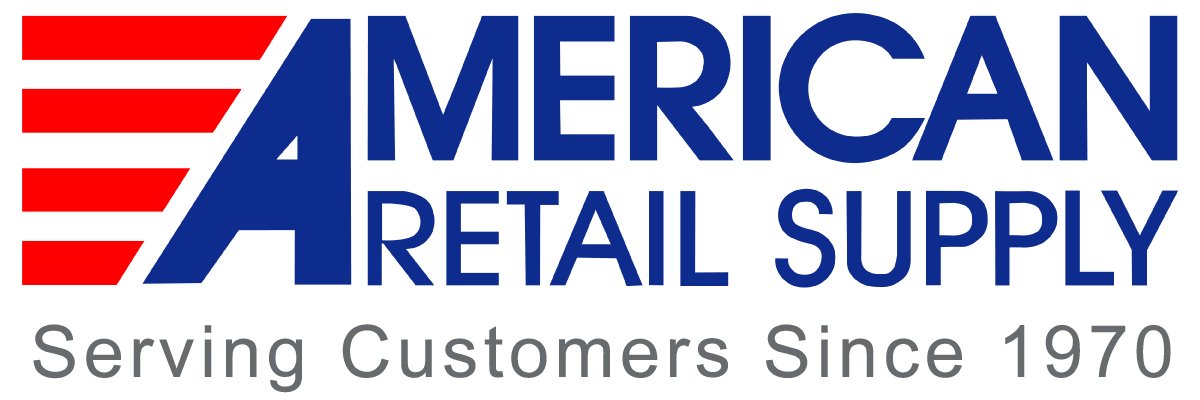

Bark’s quarterly subscription shipments grew by 52.4% to 3.6 million, year-over-year. Taking a slightly different tack to the competition, Bark is investing in its specialized dog kibbles and dental hygiene kits, known as Bark Eats and Bark Bright, respectively.īoth expand upon its subscription services, which include its monthly Bark Box and Bark Super Chewer toys and treats. It had 155 hospitals and 1,100 clinics at the end of the second quarter, with more headroom for growth, according to management. Petco is also scaling its physical pet healthcare footprint. The latter has racked up 100,000 members since launching at the end of last year. Petco’s subscription services include auto-deliveries of pet food, its monthly PupBox of treats and toys for new pet owners, insurance and its Vital Care membership that spans checkups, vaccinations, grooming, and discounts for $19 per month. While recurring revenue was up 60%, and the number of recurring revenue customers grew by 50%. Overall, the retailer reported revenue of $1.4 billion for the second quarter, up 19% from a year ago. In May, Petco added fresh pet food to its same-day deliveries service. Sales of the category rose 50% year-over-year in its second quarter and the company claims they will quadruple in the coming years. Rival Petco recently declared itself the leading seller of fresh frozen food.

PetcoĬhewy isn’t the only pet retailer chasing both animal owners and the pet service industry. The retailer’s investments in private label, Pet Rx, and its vet marketplace will “transform” it “from a specialty e-commerce store into a broader platform play,” he added. “We believe Chewy is able to maintain its 40% online market share, driven by a set of strong value propositions – competitive pricing and large assortment, resilient business model driven by Autoship,” Evercore ISI analyst Mark Mahaney wrote in a note earlier this month. The company claims the total addressable market for pet healthcare is $35 billion. to review and approve prescriptions.Ĭhewy Health also includes OTC medicines, veterinary diet, pharmacy, compounding medication, and a telehealth service. The service is an extension of Chewy’s Petscription platform, used by 8,000 clinics across the U.S. It recently launched the “Practice Hub,” which allows vets to build an eCommerce solution of pet prescriptions and other products on its site. In addition, Chewy is developing an ecosystem for pet healthcare. Subscriptions could also help to boost its own private labels, including its new fresh food offering from its Tylee’s brand, through the discounts it offers on repeat orders. Auto-ship sales for the category - which launched in June - approached 50% of net sales in its second quarter. Its revenue rose nearly 27% from the same period last year to $2.16 billion.Ĭhewy is also targeting fresh food as a way to boost recurring sales. The program allows customers to set up repeat orders, including prescriptions, and offers savings on products from certain brands.Ĭhewy hit 20.1 million active customers in the second quarter, up 21.1% year-over-year. The online retailer saw its second-quarter a uto-ship customer sales jump 30.3% year-over-year to $1.51 billion, a 37.6% compound annual growth rate over the last two years.

ChewyĬhewy’s most recent maneuvers perhaps represent a microcosm of the larger pet care industry. Here’s a look at how the three public companies are battling industry headwinds and trying to continue growth. In an industry worth an estimated $100 billion, per the American Pet Products Association, that could be key to long-term growth. They also present a roadmap for how they can build enduring relationships with customers across the lifetimes of their pets. Both facets have been bright spots in their recent earnings. One way they are getting that message across is through their emphasis on recurring sales and by building deeper connections with veterinarians.

Chewy, Petco and Bark are now eager to prove that there is momentum in their business models beyond the pandemic.


 0 kommentar(er)
0 kommentar(er)
